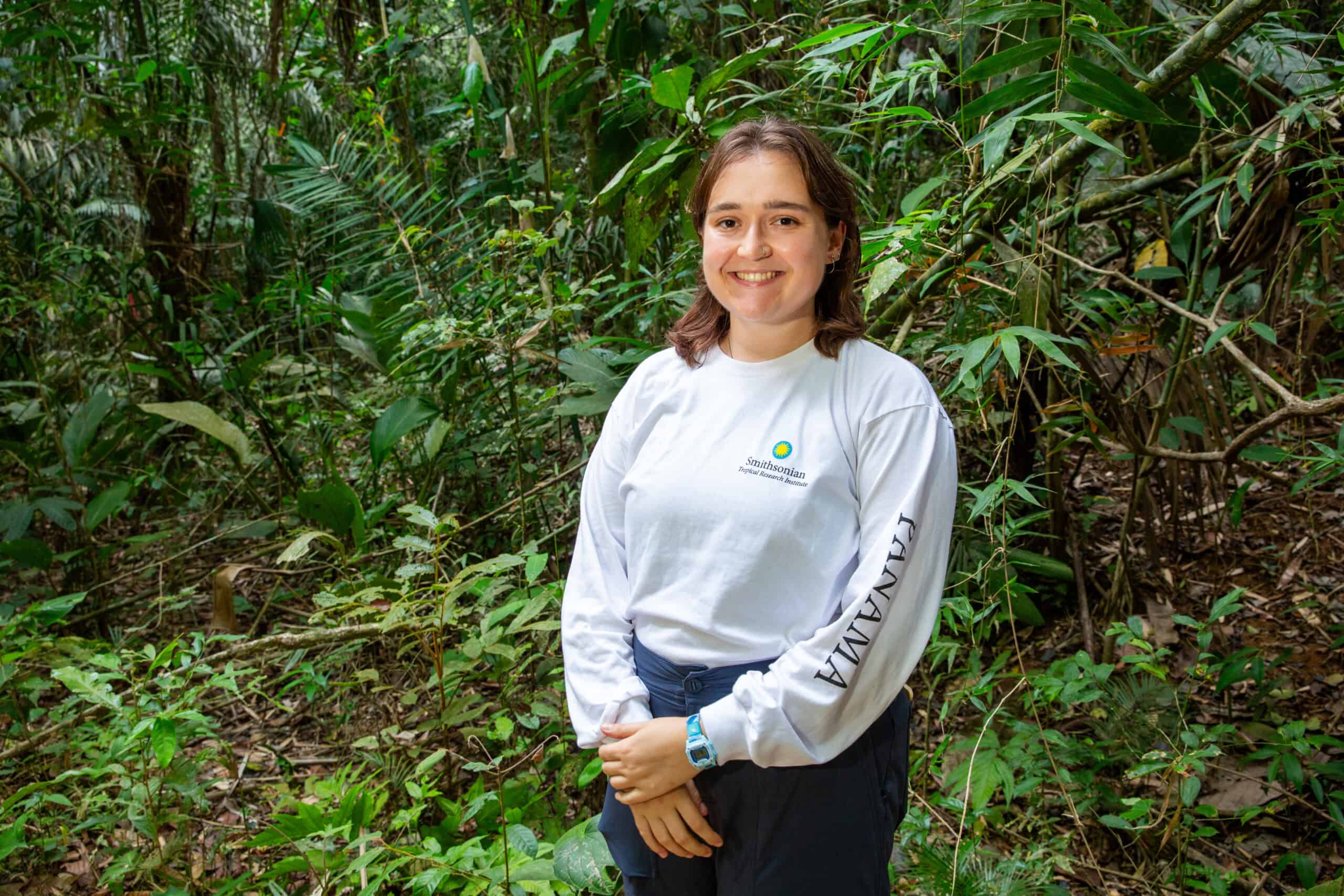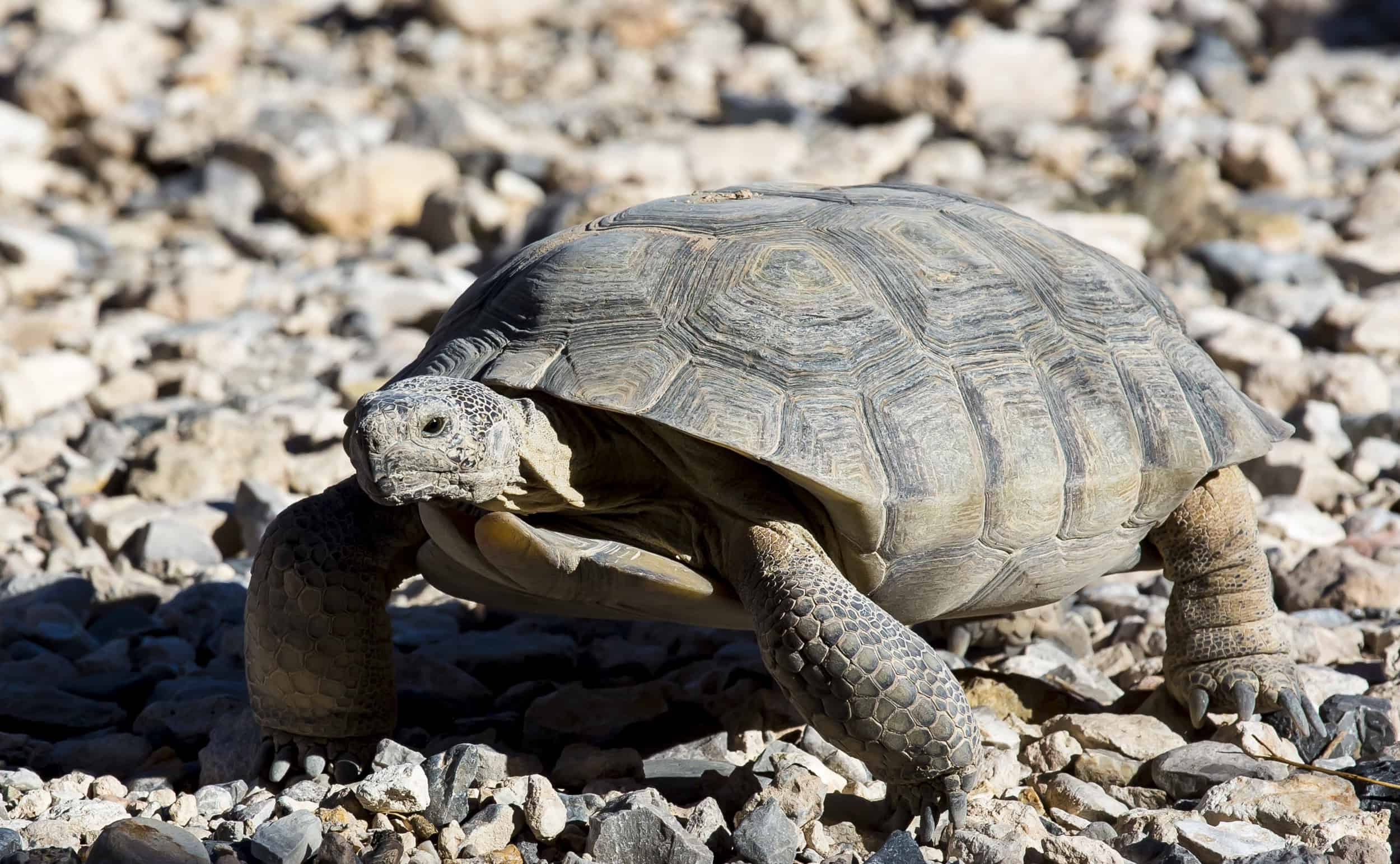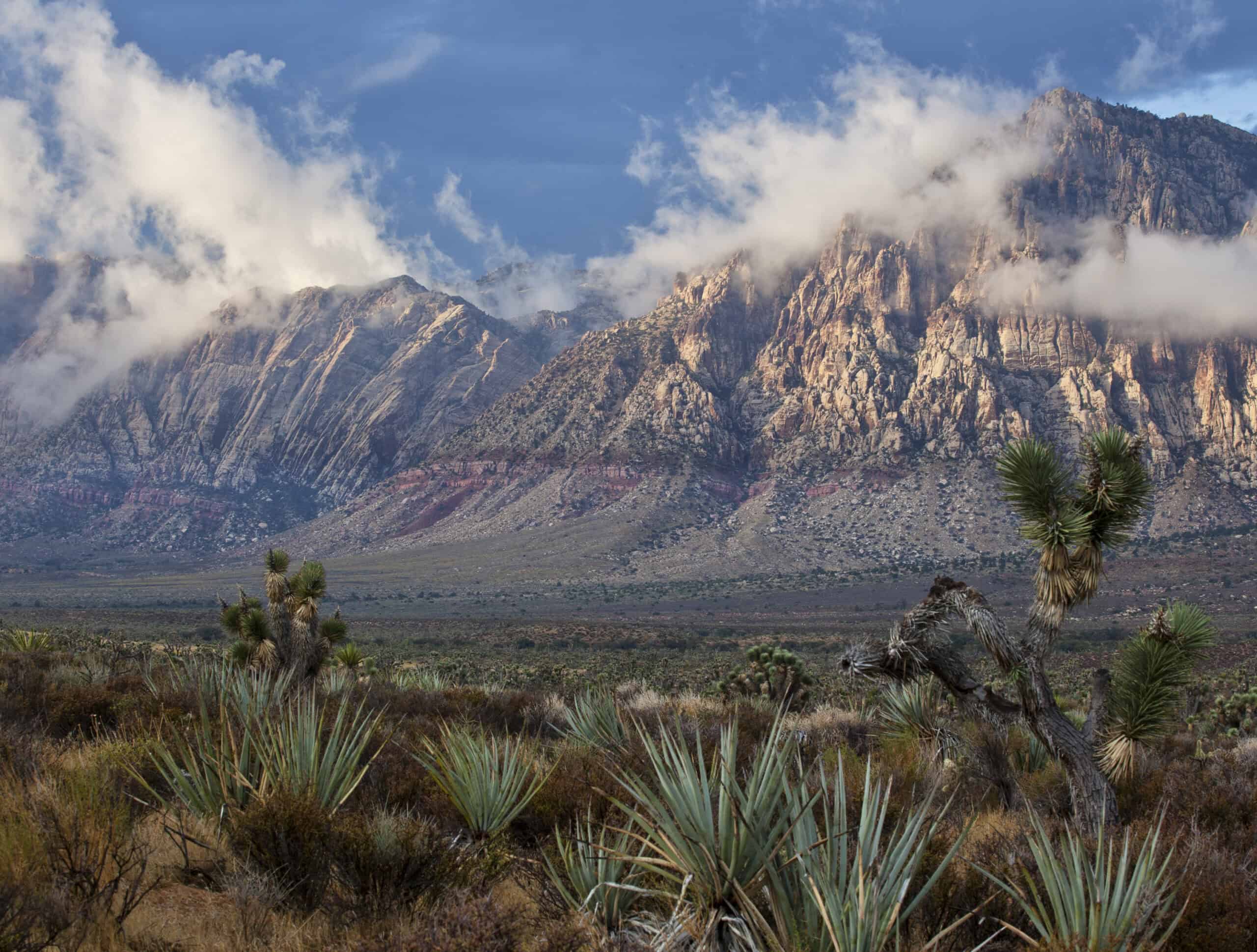Share this article
Wild Cam: Ethiopian vulture decline causes ecosystem shift
As gruesome as they may appear, vultures provide a vital ecosystem service. If they didn’t specialize in tearing into carcasses, the diseases and parasites that inhabit rotting flesh could hang around longer on the landscape waiting for new hosts to arrive.
The trouble is, vultures are declining around the world due to factors like poisoning, both intentional and unintentional. While many people might not be that concerned—for most people, vultures lack the charisma of threatened species like cheetahs (Acinonyx jubatus) or giant pandas (Ailuropoda melanoleuca)—new research tracking vulture decline in Ethiopia shows they should pay more attention.
“It’s a big conservation concern,” said Evan Buechley, vice president of the international program of the Peregrine Fund.
In a study published recently in the Journal of Wildlife Management, Buechley and his colleagues wanted to track what was happening to vultures in Ethiopia, which has one of the highest diversities and abundance of vultures in the world. “It is also a country with high potential for and concern about zoonotic disease spread and emergence due to the levels of poverty and livestock husbandry practices,” Buechley said.
“Vultures are very important because they provide ecosystem service in scavenging carcasses of dead animals to avoid decomposition by bacteria as well as cleaning the environment,” added Alazar Daka, a co-author of the study who was a PhD student at Addis Ababa University at the time.
Enlarge
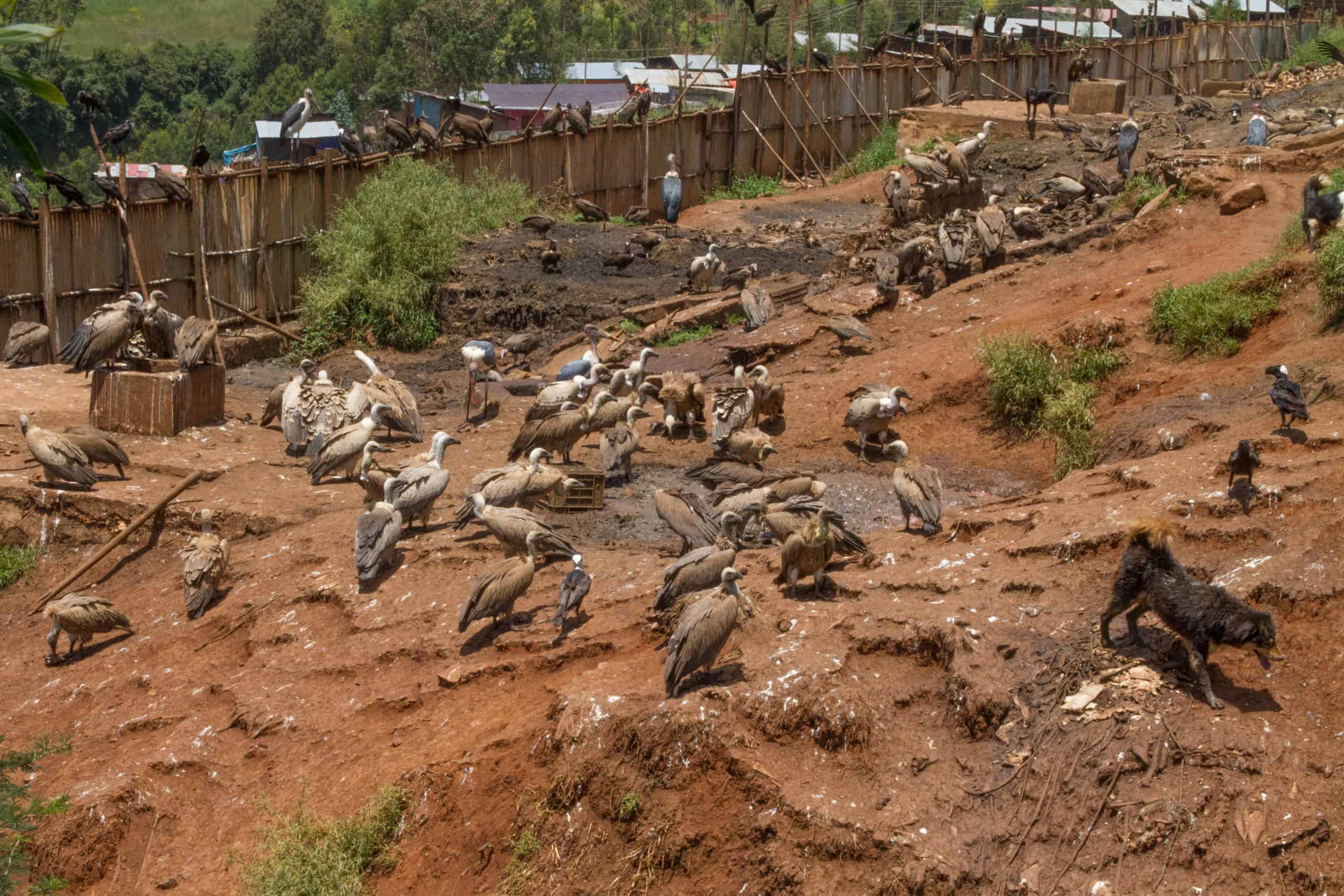
Credit: Evan Buechley
The researchers ventured into the yards behind slaughterhouses—or abattoirs—around Addis Ababa to learn more about the kinds of creatures that were scavenging the discarded flesh. They set up trail cameras at six abattoirs and conducted walking surveys at least once a month from 2014 to 2019.
These surveys and photos revealed a number of species making use of the carcasses at the yards. They followed a pattern. Larger, dominant animals, like feral dogs (Canis familiaris), typically fed first.
Enlarge
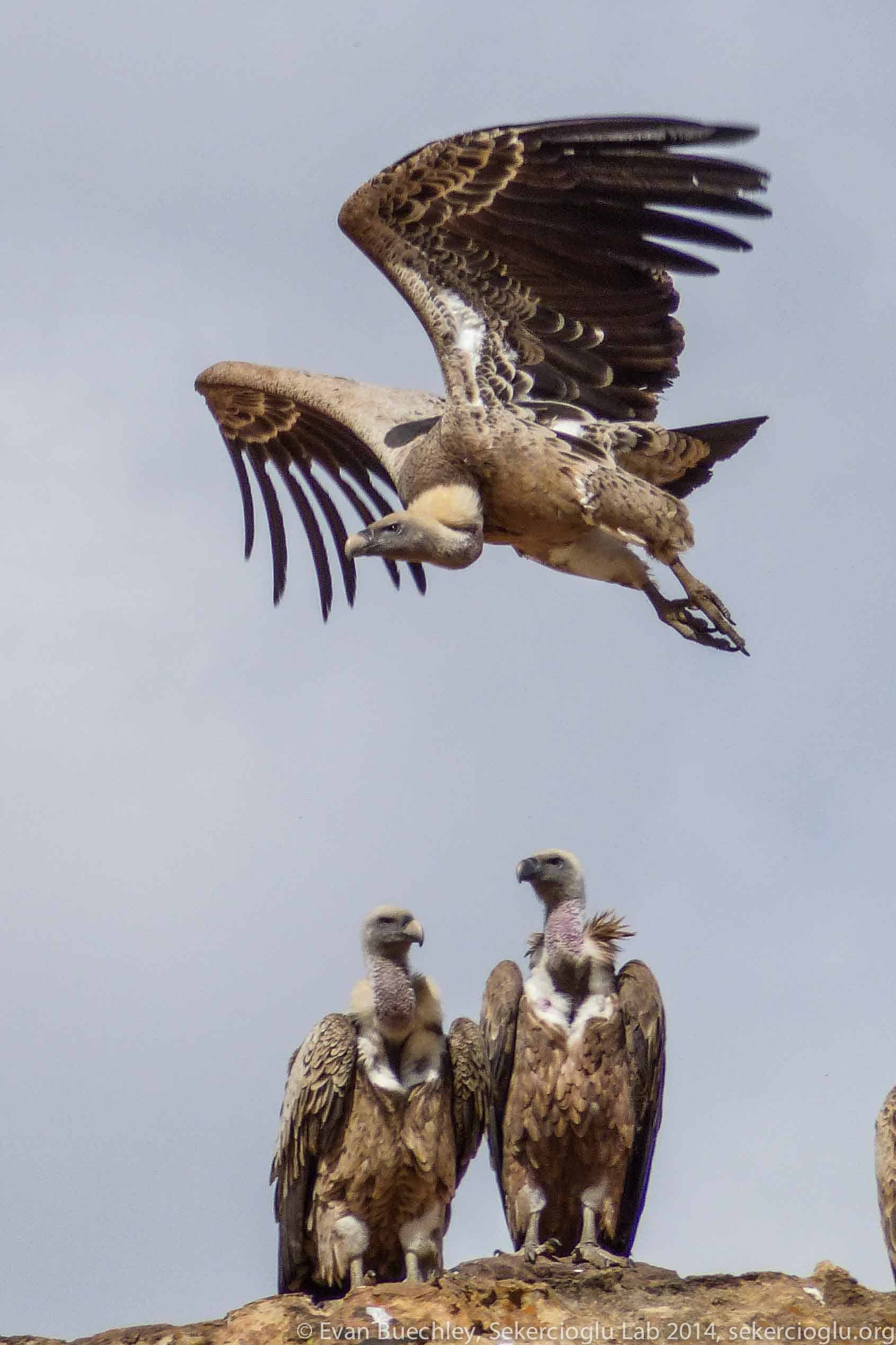
Credit: Evan Buechley
This initial wave of larger animals was usually followed by larger species of vultures, like Rüppell’s vulture (Gyps rueppelli), pictured above, and white-backed (G. africanus) vultures. These were followed by smaller vultures like hooded vultures (Necrosyrtes monachus) and other scavenger birds, like the yellow-billed kite (Milvus aegyptius), pied crow (Corvus albus), thick-billed raven (Corvus crassirostris), African sacred ibis (Threskiornis aethiopicus) and wattled ibis (Bostrychia carunculata).
Over the study period, the researchers found that three vulture species became less common in the abattoirs they surveyed.
Enlarge
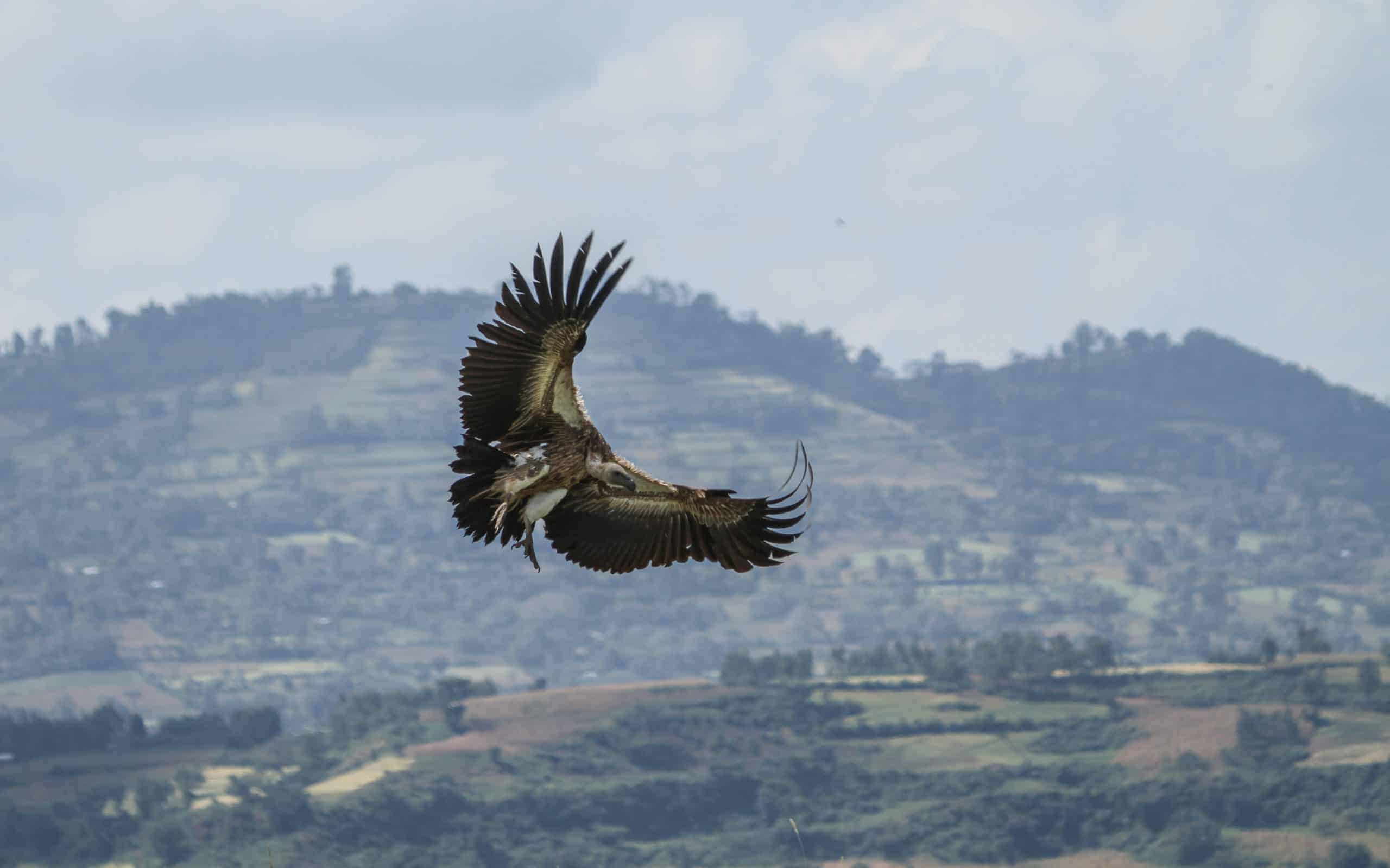
Credit: Evan Buechley
Rüppell’s and white-backed vultures, pictured above, which the International Union for Conservation of Nature considers critically endangered, declined by 73% (the two species were lumped together in the study due to the difficulty of telling the two apart in some photos and observations). Hooded vultures, also critically endangered, declined by 15% over the five-year period.
“We see this really fast decline in the obligate scavenging species, the vultures,” said Buechley, who was a PhD student at the University of Utah at the time of the study.
As these species began to disappear, they were replaced at carrion heaps by more species that aren’t obligate scavengers, like ibis and feral dogs.
Enlarge
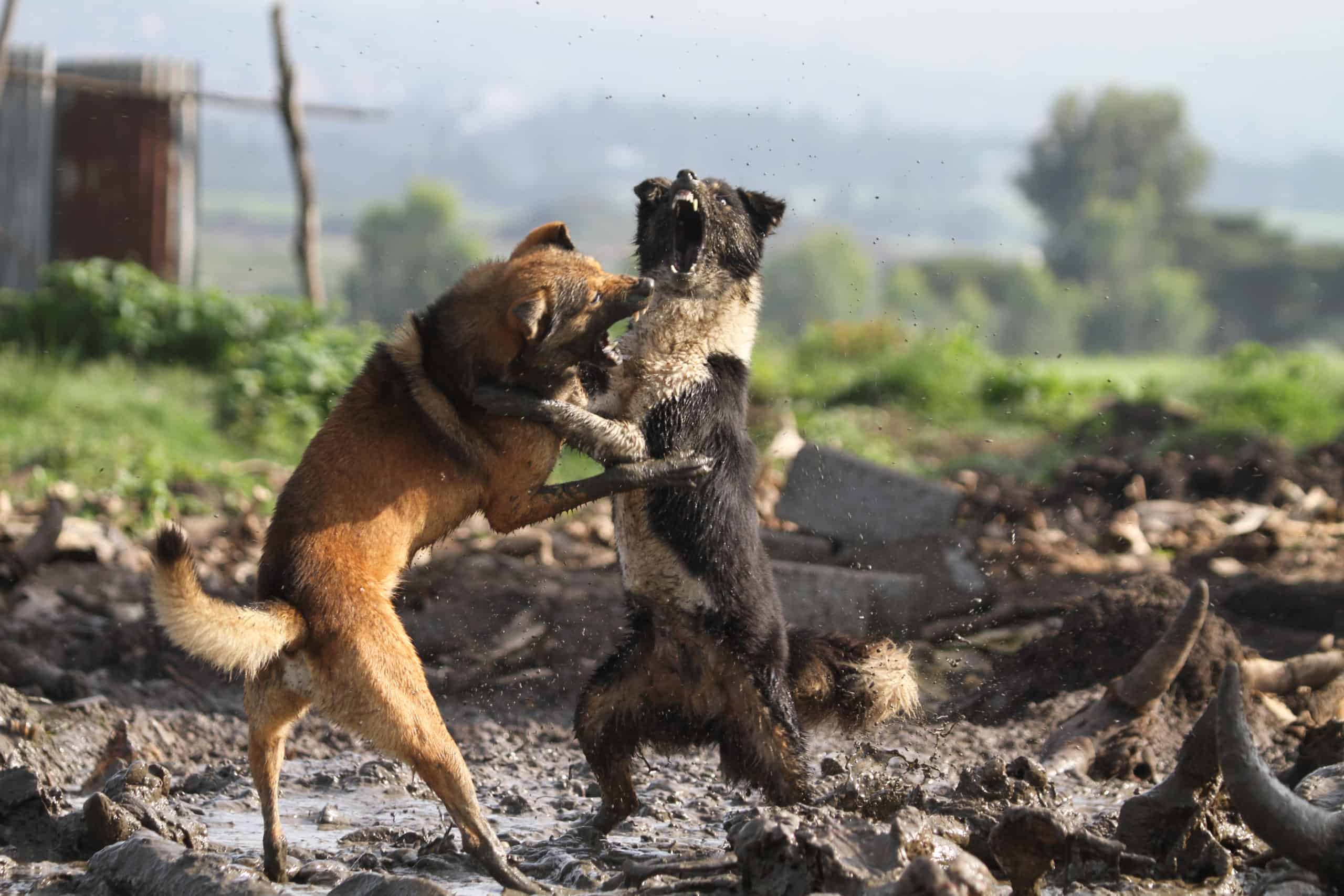
Credit: Evan Buechley
The dogs can be a problem, Buechley said, since they can bite people, sometimes spreading disease like rabies in local communities. “While vultures are generally appreciated at the abattoirs, the dogs are seen as a big problem by locals.”
They also transmit rabies and canine distemper to native wildlife, like the endangered Ethiopian wolf (Canis simensis). The more feral dogs are on the landscape, the more chances they have to transmit disease and prey on native wildlife when carrion isn’t around.
“The dogs are a menace,” Buechler said
The researchers found the time of year affected the scavenger diversity. Vultures were much more common at the abattoirs in the wet season, for example. That may be in part because many more animals die in the harsher conditions of the dry season, giving vultures plenty to eat elsewhere. Meanwhile, other birds that feed on more than carrion find more plentiful prey elsewhere during the wet season.
The team also estimated the loss in carrion removal that occurs as vultures disappear from the abattoirs. While other species, like feral dogs, may pick up some of the slack caused by the loss of the obligate scavengers, they aren’t as efficient at consuming and removing carrion from the landscape as vultures. Dogs, for example, typically don’t share the grim work as well—alpha dogs will fight and chase others off the carrion piles until they have eaten their fill, one at a time.
The team calculated that the decline of vultures recorded at the sites contributed to a 12% loss in carrion removal—nearly 54 kilograms per day, or 20,000 kilograms per year.
Enlarge
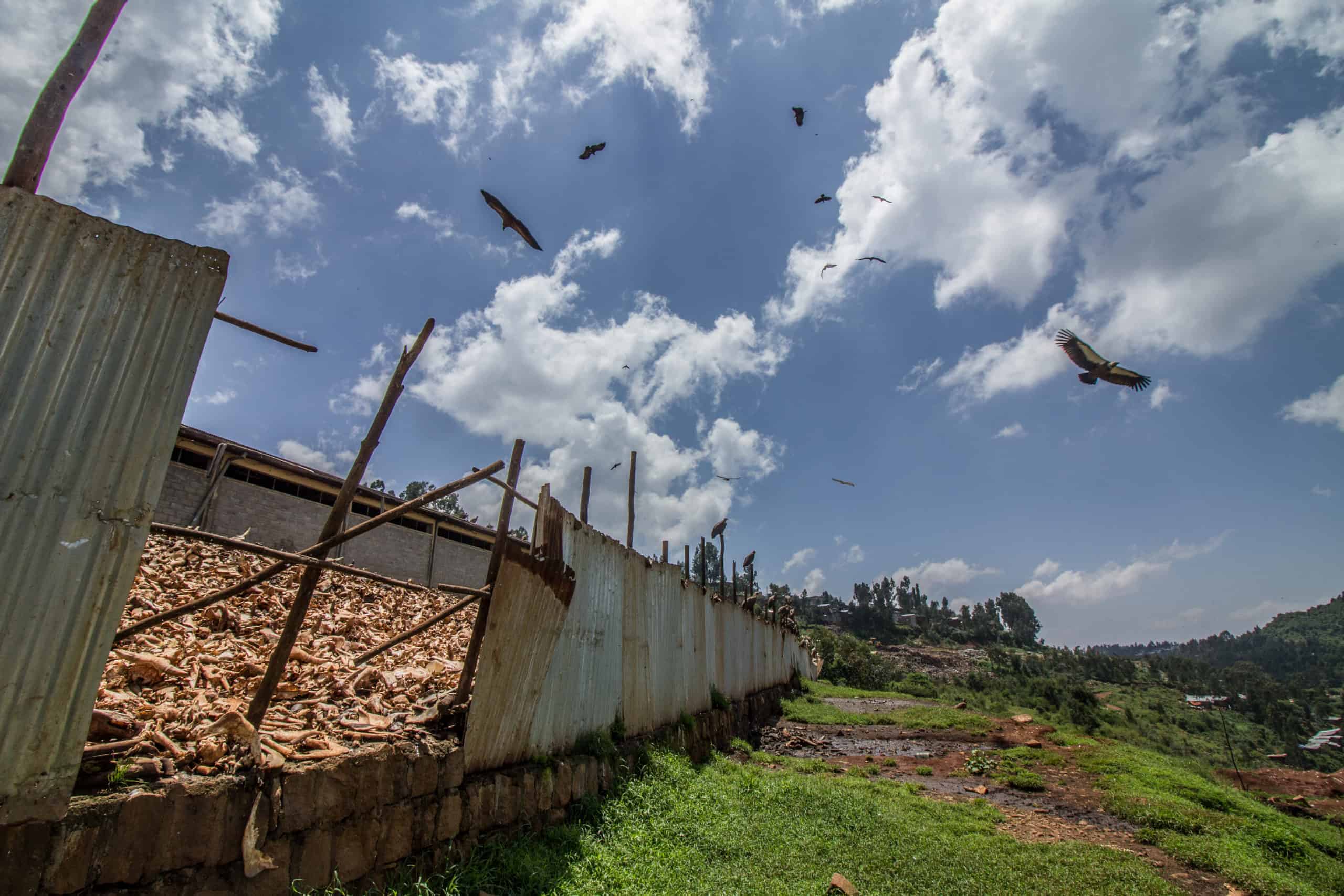
Credit: Evan Buechley
One way to control the proliferation of feral dogs at these abattoirs is to build fences around the areas where they discard carrion, Buechley said. The researchers noticed much fewer dogs in yards with good fences, for example—a factor that could help the vultures get to carrion earlier and dispatch it more quickly. But many abattoirs lack the funding to build fences or repair broken ones, like the one pictured above.
“If we could invest a little bit of money in repairing these fences, there would be several benefits,” Buechley said.
Enlarge
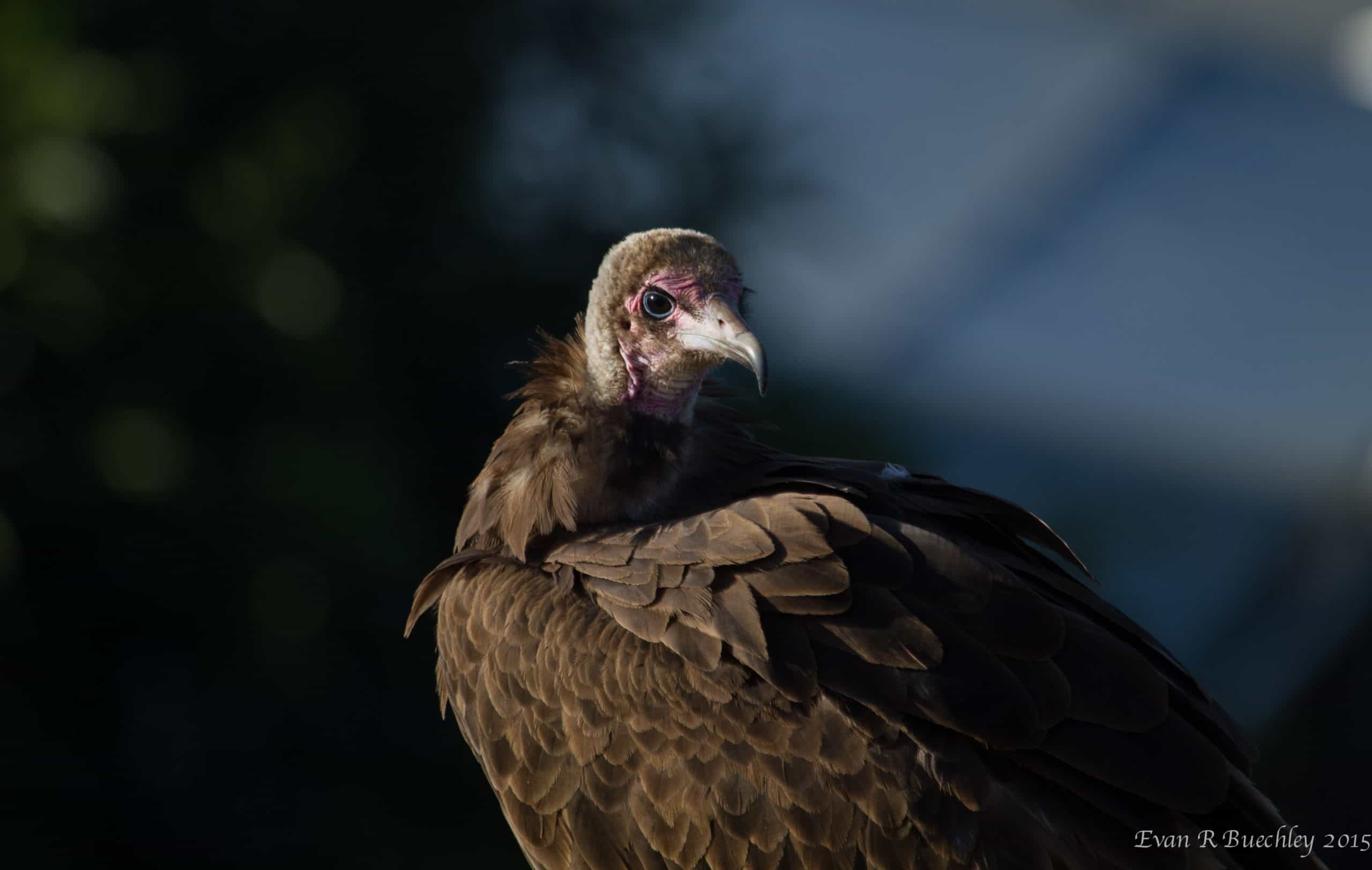
Credit: Evan Buechley
This article features research that was published in a TWS peer-reviewed journal. Individual online access to all TWS journal articles is a benefit of membership. Join TWS now to read the latest in wildlife research.





